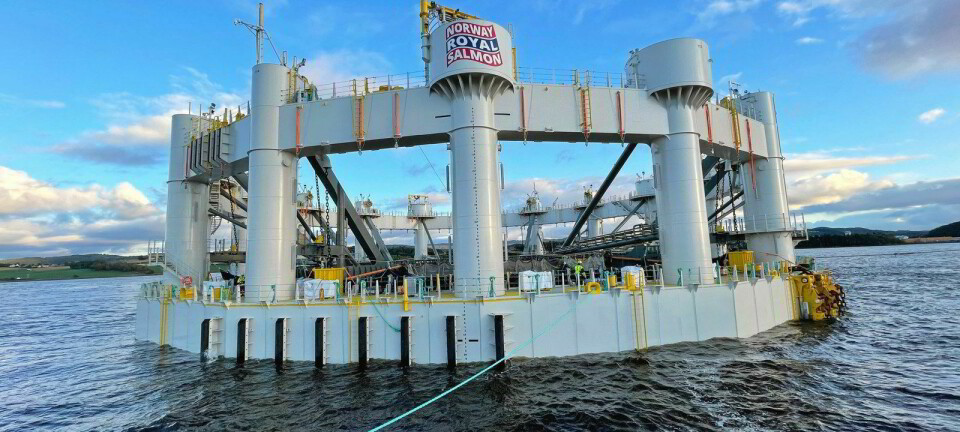
UK spending on salmon leapt by 7.2% in 12-month period
Nearly a third of consumers' £4.77bn seafood spend was on the king of fish
The value of salmon sales in the UK jumped by 7.2% in the 12 months to August, accounting for almost a third of all fish sales in the kingdom and outpacing increases in other fish, trade body Salmon Scotland said today.
Salmon sales were worth almost £1.52 billion during the period, making up 32% of the £4.77bn spent on seafood in Britain and Northern Ireland.
The year-on-year growth for salmon was almost double the 3.7% rise recorded across the wider fish category.

Salmon maintained its leading position, selling nearly three times more than cod, its closest competitor. Spending on salmon is also well ahead of both tuna and prawns, underlining its continued appeal to consumers.
£1bn salmon exports
Although the figures refer to UK spending on domestically produced and imported fish, Salmon Scotland said the results reflect strong demand and consumer confidence in Scottish salmon, which remains the UK’s largest food export, with international sales on track to break through the £1 billion barrier for the first time this year.
Recent figures show that the value of salmon exports from Scotland rose by 33% to £941 million in the rolling 12 months to the end of June.
Popularity keeps growing
Salmon Scotland chief executive Tavish Scott said: “The popularity of Scottish salmon keeps growing, both here and abroad.
“With salmon now accounting for nearly a third of all fish sales in the UK, it’s clear that more people are choosing it for its health benefits and sustainability.
“Shoppers continue to trust its quality, with Scottish salmon renowned for its superior taste and responsible farming practices. This consumer demand is great news for the nation’s health and the economy, supporting thousands of jobs across Scotland’s rural and coastal communities.”






















































